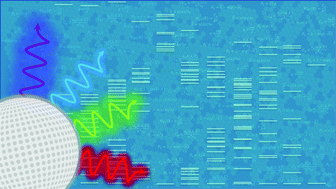The development of reliable and reproducible synthetic routes that produce monodisperse lanthanide-doped upconverting nanoparticles has resulted in an appreciable need to determine the mechanisms which govern upconversion luminescence at the nanoscale. New experimental and theoretical evidence explicates the quenching phenomena involved in the low luminescence efficiencies. A deeper understanding of the role of surfaces and defects in the quenching mechanisms and the properties of upconverting nanoparticles are of fundamental importance to develop nanomaterials with enhanced luminescence properties. Herein, we summarize the most recent spectroscopic investigations, which have enabled the scientific community to ascertain that the predominant source of quenching involved in the luminescence of lanthanide-doped upconverting nanoparticles can be attributed to surface-defects. Modeling of these mechanisms in nanomaterials supports the experimental findings and yields further insights into the surface phenomena, providing a predictive tool to improve the luminescent efficiencies in nanomaterials.
